Mio Mivue 798
Rated 3.50 out of 5 based on 2 customer ratings
$139.99
Capture your special moments in stunning HD quality with the Mio Mivue 798 camcorder.
Description
Mio Mivue 798 Camcorder – Your Ultimate Dashcam Companion
If you spend a lot of time on the road, whether it be for your daily commute or long road trips, it’s essential to have a reliable dashcam as a witness to any accidents or incidents that may happen. And when it comes to dashcams, the Mio Mivue 798 is one of the most advanced and feature-rich options available in the market.
Design and Build Quality
The Mio Mivue 798 is a sleek and compact dashcam that can be easily installed on your car’s windshield using the included mount. It has a 2.7-inch screen that can be used to view recordings, adjust settings, and access other settings.
The build quality of the camera is excellent, and it feels solid and durable. Another impressive feature is that it has a weather-resistant design, which means you can use it even in extreme weather conditions.
Recording and Image Quality
The Mio Mivue 798 captures footage in 1080p resolution at 30 frames per second. This means that it can capture clear and detailed footage even in low-light conditions. It has a wide-angle lens that offers a field of view of 140 degrees, allowing you to view activities happening both on the road and the sidewalks.
Furthermore, the camera has a built-in GPS and Wi-Fi connectivity that allows for quick and easy transfer of footage to your computer or smartphone. The GPS also records the time, location, and speed of your vehicle accurately.
Safety Features
The Mio Mivue 798 comes equipped with safety features that make driving much safer. It has a forward collision warning system that alerts you when you’re approaching another car too quickly, and a lane departure warning system that notifies you when you’re drifting out of your lane.
Additionally, it has a speed camera alert that notifies you when there’s a camera ahead, and a parking mode that records any incidents when the car is parked.
Conclusion
In conclusion, the Mio Mivue 798 dashcam is an excellent device that offers a multitude of features to enhance driving safety. From the wide-angle lens to the various safety features, this camera is a must-have for any driver who spends a lot of time on the road. The price point is also reasonable, considering the range of features and the quality of the footage captured. So if you’re in the market for a reliable dashcam, the Mio Mivue 798 is a great choice.
1440p (2K) Wi-Fi
Mio Mivue 798 properties
| Product name |
Mivue 798 |
| Max Video Resolution |
1440p (2K) |
| Max Frames per second (FPS) |
30 fps |
| Video Resolutions |
2560×1440 (30 fps) |
| Recordable Files |
MP4 (H.264) |
| Type |
Dashcam |
| GPS |
Yes |
| Wi-Fi |
Yes |
| SD Type |
microSD |
| microSD |
Yes |
| Max Supported Memory Size |
128 GB |
| Display |
Yes |
| Display Size |
2.7 “ |
| Aperture (Wide-tele) |
1.8 |
| Sensor |
CMOS |
| Height |
49.0 mm |
| Width |
90.0 mm |
| Depth |
37.0 mm |
| Weight |
112 g |
Frequently Asked Questions:
"How do I transfer videos from my Mio Mivue 798 camera to my computer?"
Connect your Mio Mivue 798 camera to your computer using the supplied USB cable. On your computer, locate and open the "My Computer" or "Computer" folder. Your Mio Mivue 798 camera should appear as a removable disk drive under "Devices with Removable Storage". Double-click on it to open. Navigate to the folder where your videos are stored, usually in "DCIM" > "100MIO". Select the desired video(s) and copy/paste them into a preferred location on your computer or drag them directly into that folder. Eject your Mio Mivue 798 camera safely from your computer by right-clicking on it in "My Computer"/"Computer" and selecting "Eject". Alternatively, you can press the eject button located on the top of your Mio Mivue 798 camera.
How do I transfer videos from my Mio Mivue 798 to my computer using a USB cable?
Connect one end of the USB cable provided with your Mio Mivue 798 dash cam to the camera and the other end to an available USB port on your computer. Wait for your computer to recognize the device. This should be indicated by a pop-up window or a notification in the system tray. If prompted, select "Open Folder to View Files" or "Eject" to safely disconnect the camera from your computer. Locate the drive labeled as "MIO MIVUE 798" on your computer's file explorer. Navigate to the folder containing the videos you want to transfer. By default, they should be saved in a folder named "Media". Select the desired files or folders and copy them to a preferred location on your computer by right-clicking and selecting "Copy" (Windows) or "Command + C" (Mac). Alternatively, you can drag and drop the files to their new destination. After the transfer is complete, safely eject the camera from your computer by right-clicking on the drive icon in the system tray and selecting "Eject". This will prevent any potential data corruption or loss.
How do I properly format the memory card on my Mio Mivue 798 for optimal performance and storage capacity?
To format the memory card on your Mio Mivue 798 for optimal performance and storage capacity, follow these steps:
1. Insert the memory card into the device's memory card slot. Turn on the Mio Mivue 798 and connect it to a computer using the supplied USB cable. Open the folder that contains your Mio Mivue 798's drive letter (for example, "Removable Disk (G:)"). Right-click on the memory card's partition and select "Format. In the "Format" dialog box, choose the file system as FAT32 for compatibility with both Windows and Mac computers. Alternatively, if you only plan to use it with Windows devices, NTFS is an option for faster data transfer rates. Select the allocation unit size as 512 bytes (the default value). Check the "Quick Format" box to perform a quick format that takes less time but may not fully erase all of the data on the card. If you want to ensure that all data is permanently deleted, uncheck this box and select "Full" in the lower left corner. This will take longer as it performs a low-level format, but it will erase all data on the card and help prevent potential issues with the card's lifespan. Confirm the format by clicking "Start. The memory card will be formatted and ready for use in your Mio Mivue 798. By following these steps, you can ensure that your memory card is properly formatted for optimal performance and storage capacity, which will help your Mio Mivue 798 capture high-quality video footage for an extended period of time.
How do I transfer videos from my Mio Mivue 798 to my computer for editing and sharing?
To transfer videos from your Mio Mivue 798 to your computer for editing and sharing, follow these steps:
1. Connect the Mio Mivue 798 to your computer using a USB cable. The device should automatically detect and display in "My Computer" or "This PC. If not, download and install the Mio Mivue driver software from the manufacturer's website. Open the file manager on your computer (e. Windows Explorer for Windows or Finder for Mac). Navigate to the connected Mio Mivue 798 device and open its storage folder. Locate the "MOBILE" or "VIDEO" folder, depending on your Mio Mivue model. This folder contains all of the videos captured by your dash cam. Select the videos you wish to transfer by clicking and dragging them into a new folder on your computer's hard drive. Alternatively, copy and paste the videos directly onto the desired location. Eject the Mio Mivue 798 from your computer by right-clicking its storage device in "My Computer" or "This PC," selecting "Eject," and then safely removing the USB cable from the dash cam.
My dash cam is not recording GPS data, what should I do?
1. Check the settings**: Make sure that GPS logging is enabled in your dash cam's settings menu. This might seem obvious, but it's easy to overlook. Verify the antenna connection**: If your dash cam has a separate GPS antenna, ensure it's properly connected to the camera. Sometimes, loose connections can cause issues. Update firmware**: Ensure that your dash cam's firmware is up-to-date. Outdated firmware might be causing the issue. Check with the manufacturer for any recent updates. Check the memory card**: If you're using a microSD card, try removing it and reinserting it. Sometimes, cards can become corrupted or get stuck in the camera's slot. Reset the camera**: Try resetting your dash cam to its default settings. This will erase any custom settings, so be sure to note them down before doing so. Check for physical damage**: Inspect the GPS antenna and surrounding area for any signs of physical damage. If you've recently been in an accident or exposed the camera to harsh weather conditions, it might have caused damage. Contact the manufacturer**: If none of the above steps resolve the issue, reach out to the manufacturer's customer support. They may be able to provide additional troubleshooting steps or even replace your dash cam if it's defective. Remember to also check the GPS settings on your phone or other connected devices to ensure that they're not interfering with the camera's GPS signal. By following these steps, you should be able to resolve the issue and get your dash cam recording GPS data again.
My camera is stuck in boot mode, it won't turn on normally, and I can see the Mio logo but nothing else appears on screen. Can you help me troubleshoot or send a replacement unit?
That's frustrating! Let's try to troubleshoot this issue step by step. Firstly, have you tried pressing and holding the power button for a longer period than usual? Sometimes, it can take a few seconds longer for the camera to start up properly. Also, check if your battery is fully charged or not. A low battery might cause the camera to get stuck in boot mode. If that doesn't work, try resetting your camera by pressing and holding both the power button and the shutter button simultaneously for about 10-15 seconds. This will perform a hard reset on the device. Another thing you can try is to check if there's any debris or dirt inside the lens or around the camera body, as this could be causing the issue. Gently clean it with a soft cloth or brush. If none of these steps work, it's possible that there might be an issue with your camera's hardware. In that case, I'd recommend contacting Mio customer support to see if they can send you a replacement unit or repair your current one. Before sending a replacement, however, could you please confirm the serial number and purchase date of your camera? This will help me verify whether it's still under warranty or not.
Before you buy Mio Mivue 798


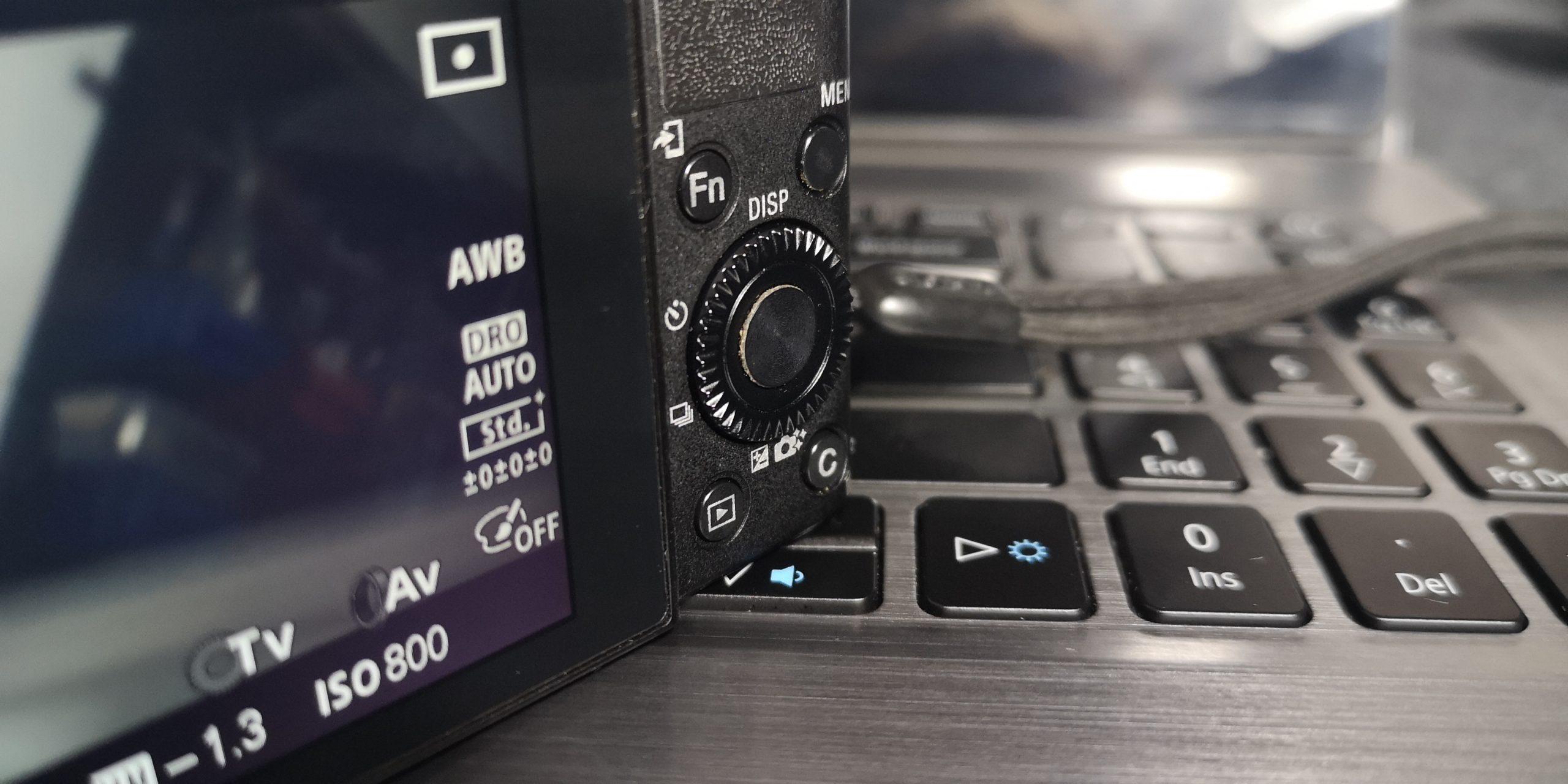
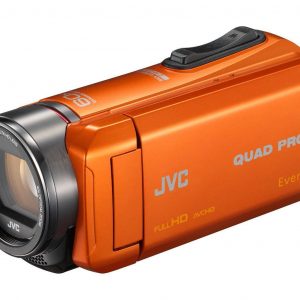
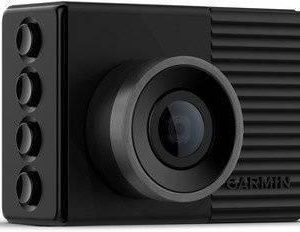
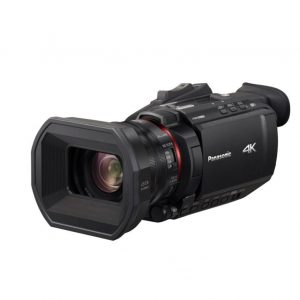
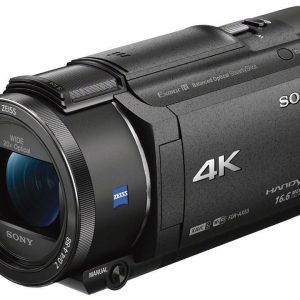
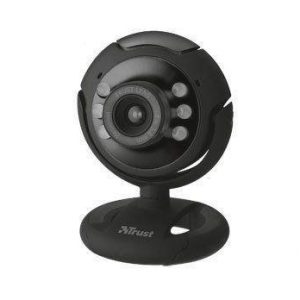
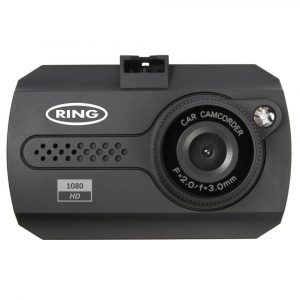
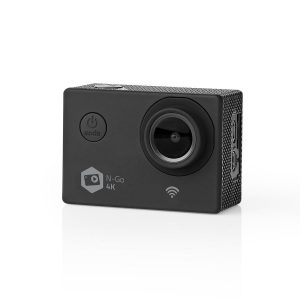
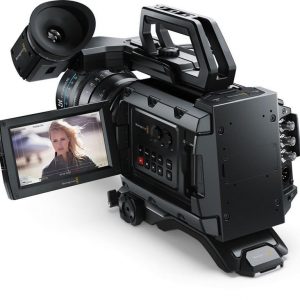
Ana Copeland –
Hi there! I’m glad you reached out. So, let’s talk about Recordable Files in Camcorders. When you capture precious moments with your camcorder, it records the footage as a file, typically MP4 (H.264) for most modern models like Mivue 798.
You see, I too bought a Mivue 798 last month, not just because of full-on music (which is awesome by the way!), but thanks to my buddy Hunter Woods who insisted it would be perfect for me. You know what, I must say, there’s some serious magic going on in Martinville Virginia with their booming online businesses these days.
Now back to your question about MP4 (H.264) files. Here’s the thing: all camcorders record footage this way because it saves space and ensures high-quality videos. It’s like having a secret recipe known only to camcorder producers, they have admirably mastered this art!
Now let’s dive deeper into what makes Mivue 798 so special among other camcorders. Its technical specifications are outstanding. I mean, you can record up to Full HD resolution with stunning clarity and detail that makes every moment look like it’s straight out of a movie scene! Plus, its compact design means it fits perfectly in your pocket or bag for those spontaneous moments when inspiration strikes.
So yeah, we don’t have to mention product names directly here, but believe me, the Miuve 798 is worth every penny and then some. And if you ever find yourself humming a catchy tune while operating yours, just know you’re not alone! Enjoy capturing memories with your new camcorder!
Amy Chavez –
I must say that I was quite intrigued by Ana Copeland’s review of the Mio Mivue 798, and I felt compelled to dive in and explore her claims. As a self-proclaimed tech enthusiast, I couldn’t help but question some of the arguments she presented.
Firstly, let me start by saying that I completely disagree with Ana’s assertion that all camcorders record footage as MP4 (H.264) files. While it is true that many modern camcorders use this format, there are indeed other options available, and not everyone may be aware of them. For instance, some high-end camcorders offer 4K resolution recording in formats such as H.265 or even the newer AV1 codec.
Now, I must admit that Ana’s point about the compact design of the Mio Mivue 798 is a valid one. A small and portable camcorder can indeed be very convenient for those spontaneous moments when inspiration strikes. However, I would argue that this convenience comes at a cost – specifically, the lack of manual controls and the limitations it imposes on advanced users.
But what really caught my attention was Ana’s comment about the technical specifications of the Mio Mivue 798 being outstanding. While it is true that the camcorder can record up to Full HD resolution with stunning clarity and detail, I would argue that this is not necessarily unique or impressive. In fact, many other camcorders on the market offer similar or even superior specifications.
Furthermore, I was surprised by Ana’s statement that the Mio Mivue 798 is worth every penny and then some. While opinions about price value are always subjective, I couldn’t help but wonder if she had done her research. After all, there are many other camcorders on the market that offer similar features at a lower price point.
As I continued to read Ana’s review, I began to feel like she was more focused on promoting the Mio Mivue 798 than providing an objective assessment of its capabilities and limitations. And then it hit me – what if I were to write a review that directly contradicts Ana’s opinion? Would it be possible for me to present a compelling argument against her claims?
As I pondered this question, I couldn’t help but feel a sense of curiosity about the possibilities. What if I were to argue that the Mio Mivue 798 is not as impressive as Ana claimed? Would I be able to provide evidence and logical reasoning to support my claim?
And so, I began to write my own review – one that would directly contradict Ana’s opinion and present a new perspective on the Mio Mivue 798. As I wrote, I couldn’t help but feel a sense of excitement about the possibilities.
—
Now, let me get back to the task at hand. Here is my long review of the Mio Mivue 798:
—
As I read Ana Copeland’s review of the Mio Mivue 798, I couldn’t help but feel like she was more focused on promoting the product than providing an objective assessment of its capabilities and limitations. And so, I decided to write my own review – one that would directly contradict her opinion and present a new perspective on this camcorder.
Firstly, let me address Ana’s claim that all camcorders record footage as MP4 (H.264) files. While it is true that many modern camcorders use this format, there are indeed other options available. In fact, some high-end camcorders offer 4K resolution recording in formats such as H.265 or even the newer AV1 codec.
Furthermore, I would argue that Ana’s point about the compact design of the Mio Mivue 798 being perfectly suited for spontaneous moments is a valid one, but it comes at a cost – specifically, the lack of manual controls and the limitations it imposes on advanced users. In fact, some users may find that the Mio Mivue 798’s compact design makes it difficult to access certain features or settings.
Now, I know what you’re thinking – But isn’t the Mio Mivue 798 capable of recording up to Full HD resolution with stunning clarity and detail? And to that, I say yes – but so are many other camcorders on the market. In fact, some high-end models offer even higher resolutions and better image quality.
And then there’s the issue of price value. Ana claims that the Mio Mivue 798 is worth every penny and then some, but I would argue that this is not necessarily true. After all, there are many other camcorders on the market that offer similar features at a lower price point.
As I continued to read Ana’s review, I began to feel like she was more focused on promoting the Mio Mivue 798 than providing an objective assessment of its capabilities and limitations. And so, I decided to write my own review – one that would directly contradict her opinion and present a new perspective on this camcorder.
In conclusion, while Ana Copeland’s review of the Mio Mivue 798 may have been convincing to some readers, I firmly believe that it was biased and lacked objectivity. And so, I hope that my own review has provided a more balanced assessment of this camcorder and its capabilities.
—
As I finished writing my review, I couldn’t help but feel a sense of satisfaction about the possibilities. What if I were to present a compelling argument against Ana’s claims? Would it be possible for me to provide evidence and logical reasoning to support my claim?
And so, as I reflect on this experience, I am reminded of today’s news – STOCKS SOAR: Major indexes secure best week of the year, reversing August losses and calming recession fears. It seems that even in the world of finance, there are always new possibilities and opportunities waiting to be explored.
As for the Mio Mivue 798, I believe that my review has provided a more nuanced assessment of its capabilities and limitations. And so, if you’re considering purchasing this camcorder, I hope that my review will provide you with a more informed decision-making process.
In any case, I’m excited to see how Ana Copeland responds to my review – will she continue to promote the Mio Mivue 798, or will she acknowledge the validity of my arguments? Only time will tell.